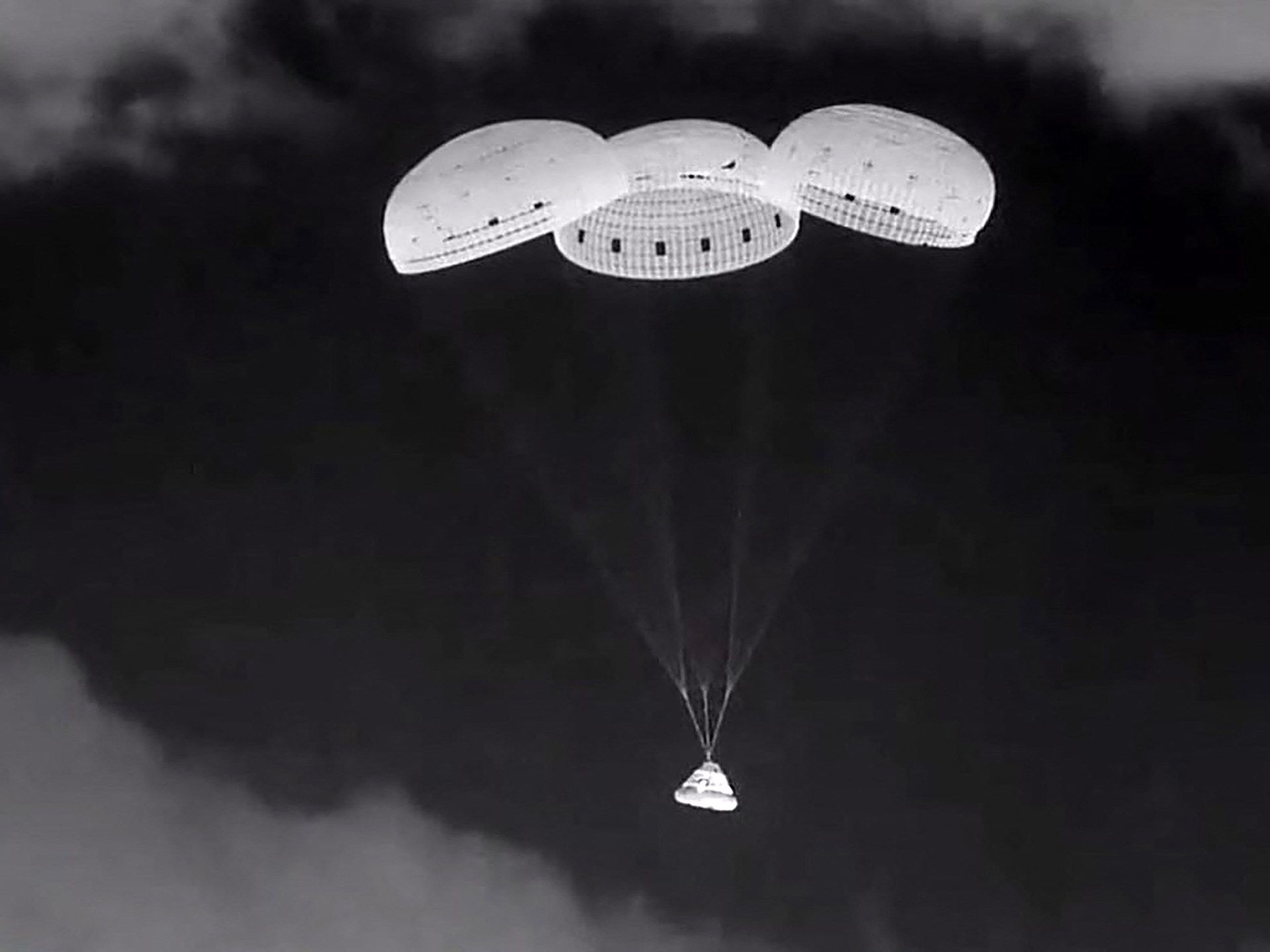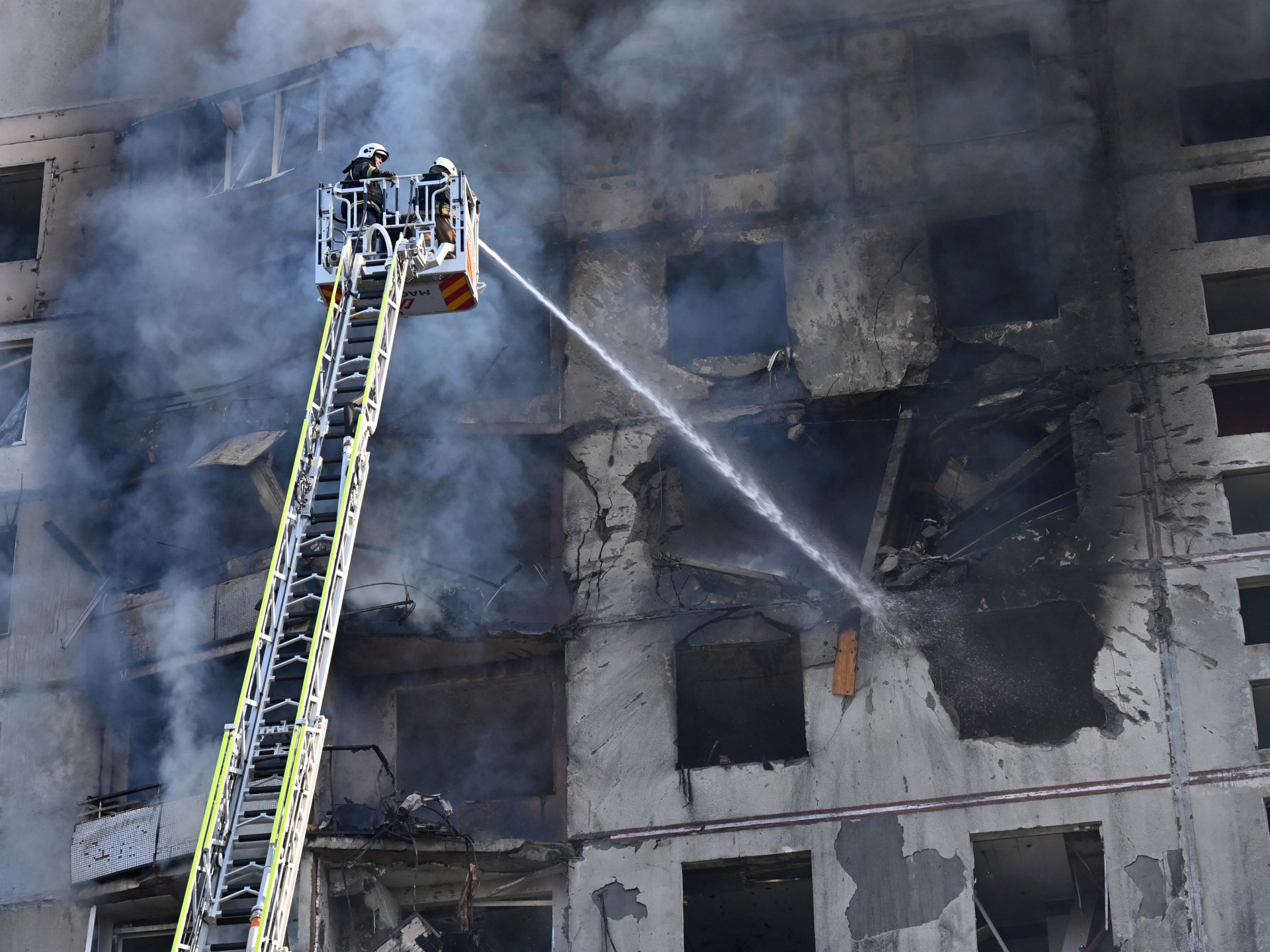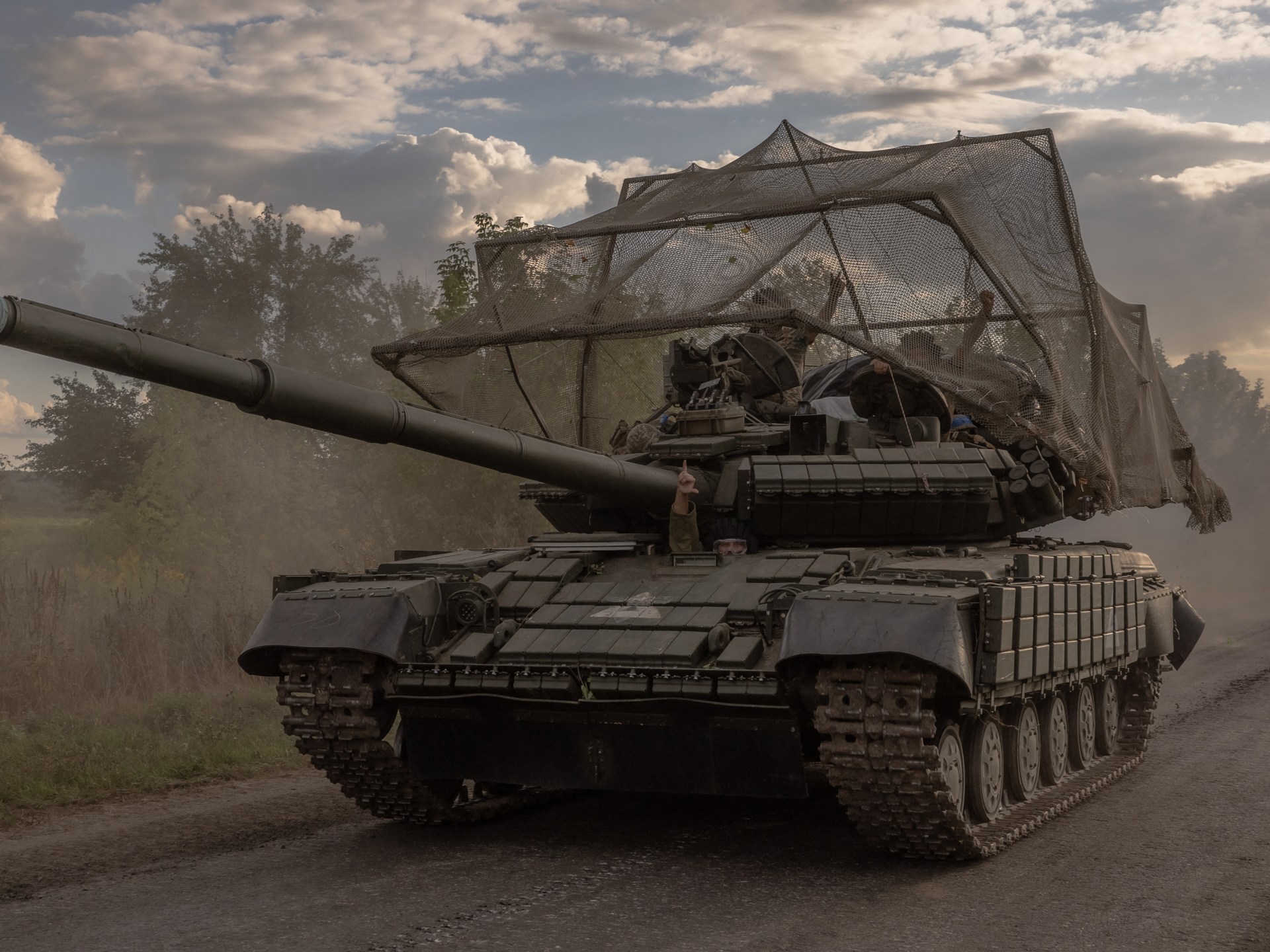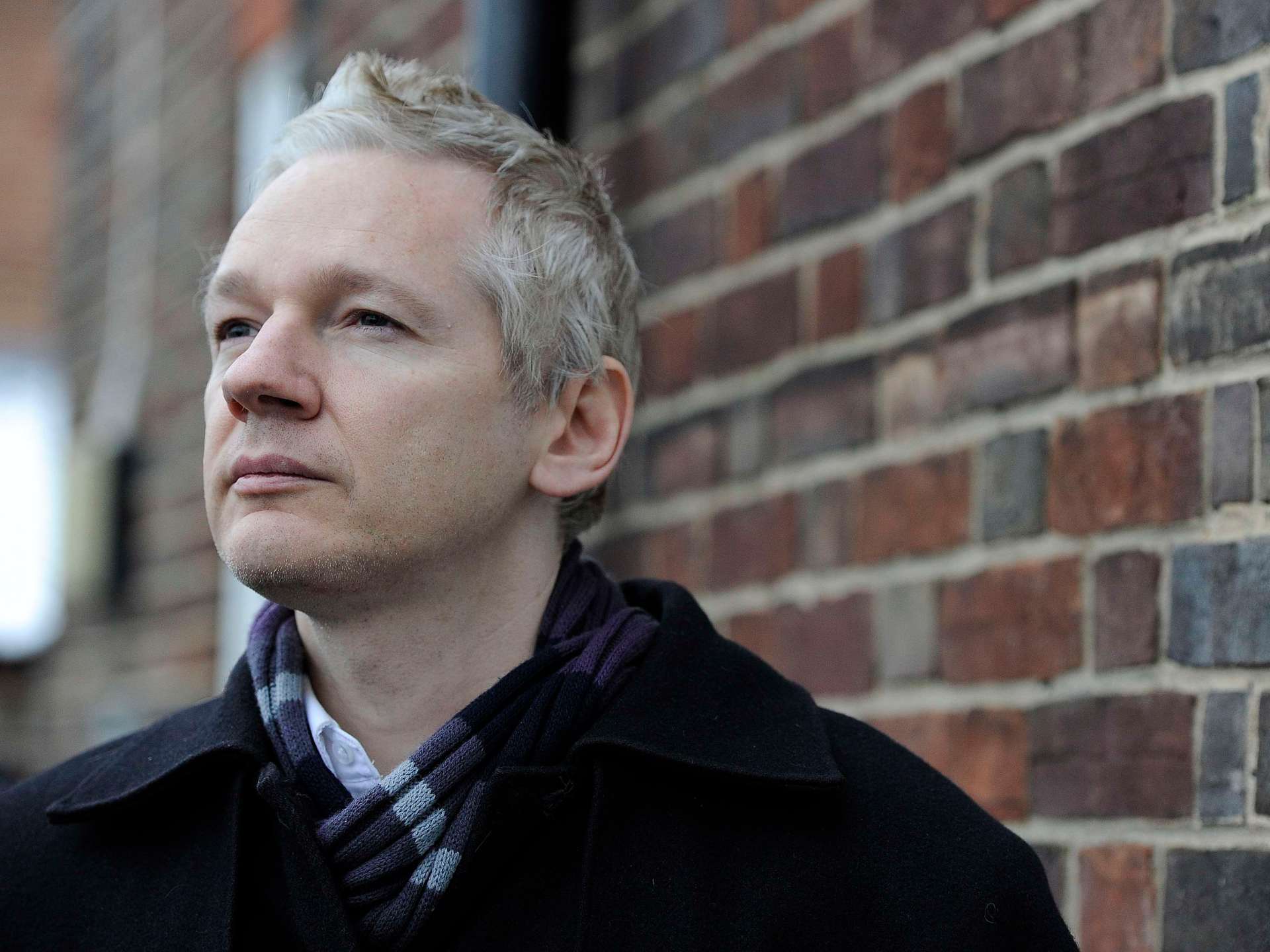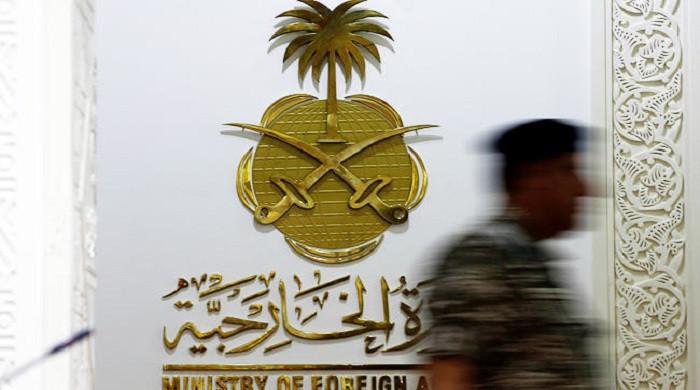Astronauts Butch Wilmore and Suni Williams will remain on the International Space Station until February 2025.
Boeing's Starliner spacecraft has landed in New Mexico, ending a three-month test mission that encountered technical problems and forced it to temporarily strand the two astronauts it was carrying in space.
The spacecraft landed at White Sands Spaceport in the New Mexico desert at 04:01 GMT on Saturday. The two crew members who had carried it into space – Butch Wilmore and Suni Williams – remained on the International Space Station (ISS) due to safety concerns with the craft.
They are expected to return to Earth next February.
Starliner's six-hour journey to Earth concluded apparently without a hitch, a NASA livestream showed, making it through the critical final phase of its mission despite earlier problems with its thrusters.
The spacecraft re-entered Earth's atmosphere at about 11 p.m. Friday (0300 GMT Saturday). About 45 minutes later, it deployed a set of parachutes to slow its descent and inflated a set of airbags moments before landing at the New Mexico spaceport at 12:01 a.m. (0401 GMT).
'Demoralizing'
The mission was intended to be a final test flight before the US space agency NASA certified Starliner for routine missions. However, the agency's decision not to allow astronauts aboard the capsule due to safety concerns has called into question the craft's certification process, despite Boeing's smooth return.
Wilmore and Williams, whose mission was initially planned for just eight days, are due to return to Earth on a vehicle from Boeing rival SpaceX, owned by Elon Musk, in February 2025.
“It must be demoralizing in a way when you were expecting to be up there for eight days and suddenly your mission becomes eight months,” Tanya Harrison, a researcher at the University of British Columbia's Outer Space Institute, told Al Jazeera.
“At the same time, this is a highly trained crew that knows that these types of things can happen… they are trained, they are ready,” he said.
During Starliner's ascent into space in June with Wilmore and Williams on board, five of the craft's 28 maneuvering thrusters failed. The same propulsion system also produced several leaks of helium, which is used to pressurize the thrusters.
The failures triggered an intensive investigation by Boeing, with some help from NASA, that has cost the company $125 million.
Boeing, already suffering from a tarnished reputation over safety concerns surrounding its passenger jets, said it could be trusted to bring astronauts home. But NASA does not share that claim.
“Boeing believed in the model they had created that attempted to predict propellant degradation over the remainder of the flight,” said Steve Stich, director of NASA's commercial crew program.
But “the NASA team, because of the uncertainty in the modeling, could not get comfortable with that,” he added, characterizing the atmosphere during the meetings as “tense.”
Repeated failures
The technical glitches are not the first to affect Starliner during test flights, one of which failed in 2019. While its new mission in 2022 was successful, some of its thrusters also failed at that time.
The aerospace giant's troubles with Starliner have jeopardized its status in space, a domain it had dominated for decades until SpaceX began offering cheaper launches for satellites and astronauts and reshaped the way NASA works with private companies.
Boeing will recover the Starliner capsule after landing and continue its investigation into why the thrusters failed in space.

